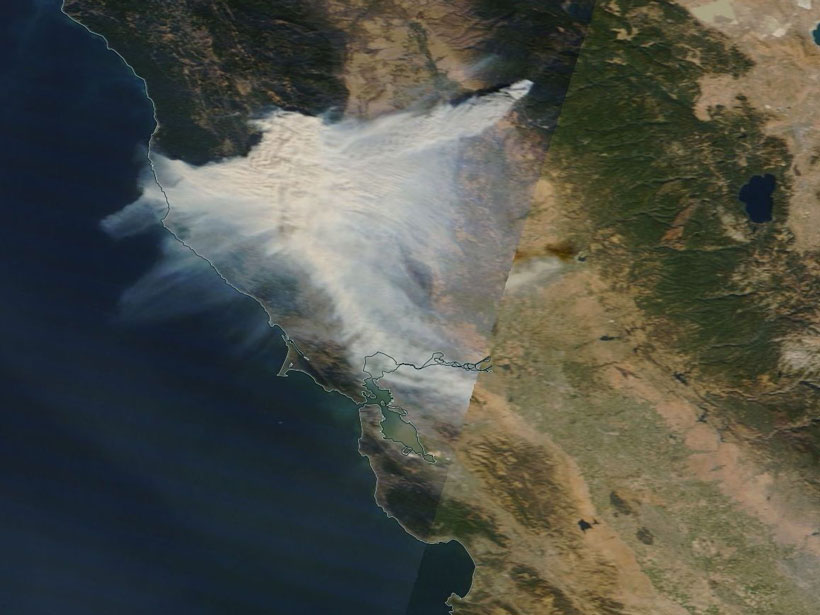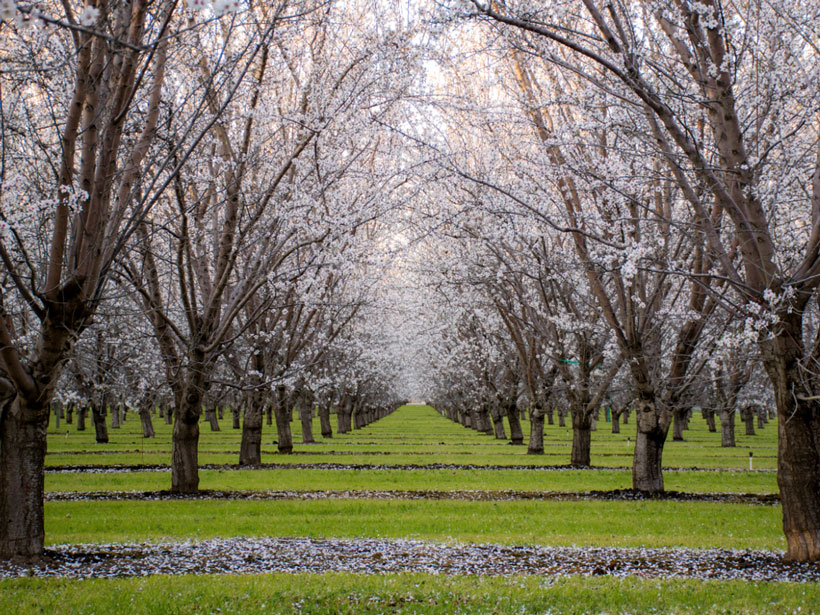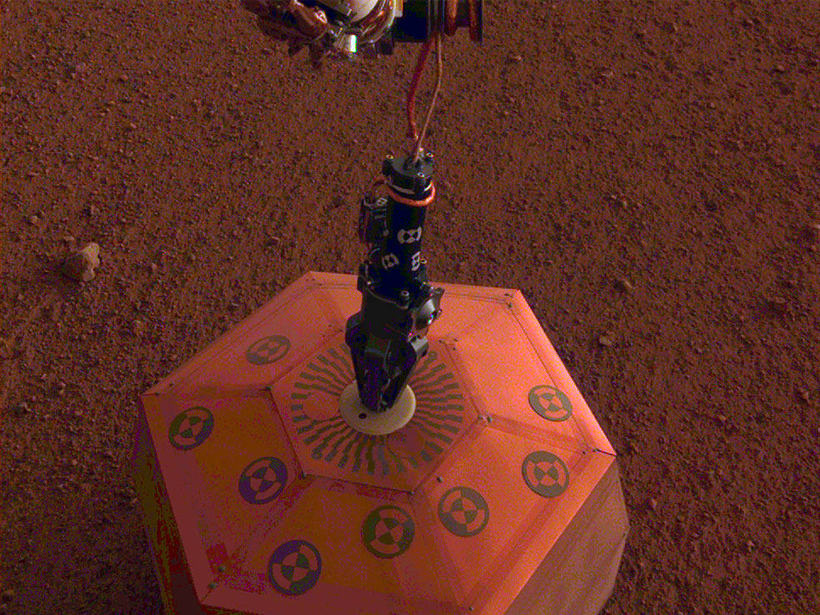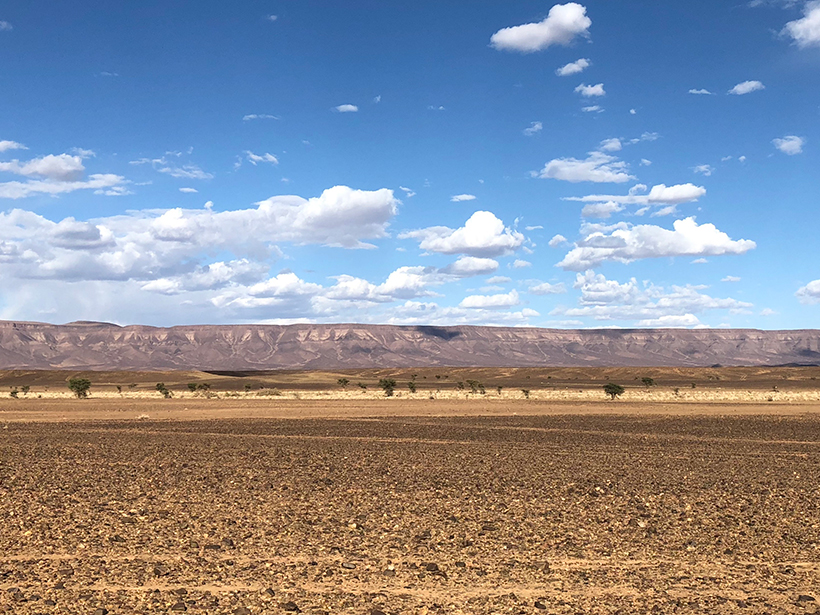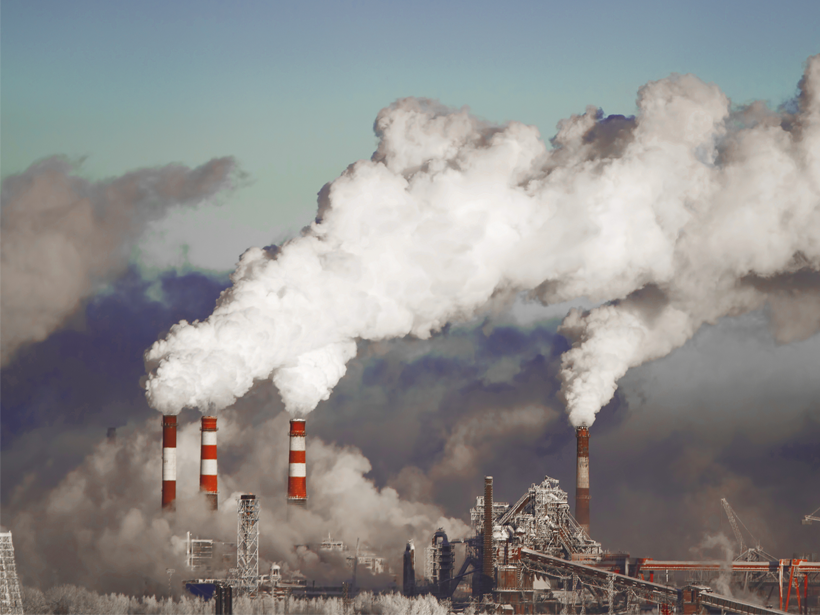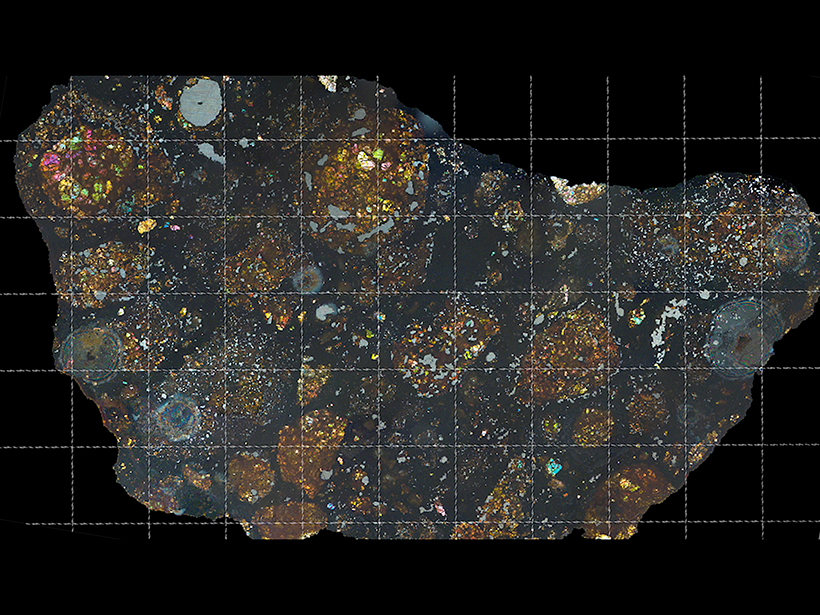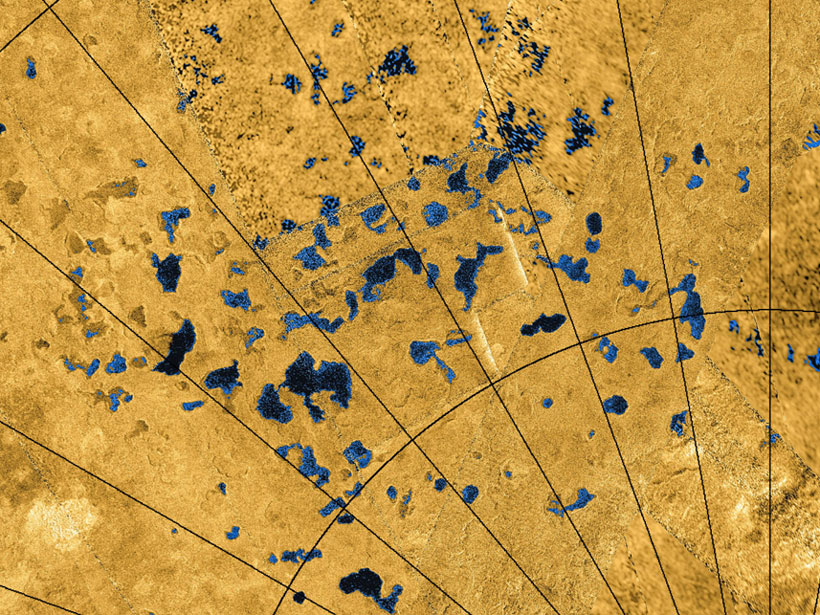Onboard machine learning and compact thermal imaging could turn satellites into real-time fire management tools to help officials on the ground.
News
California Heat Waves Triggered by Pacific Thunderstorms
New link may offer 5-week lead time on predicting extreme heat in California’s fruit belt.
New Model Shines Spotlight on Geomagnetic Jerks
Scientists get one step closer to being able to predict jerks—notoriously capricious changes to Earth’s geomagnetic field detectable by satellites.
First Possible Marsquake Detected
First earthquakes, then moonquakes, now marsquakes: a robotic lander comes through with the first detection of seismic activity on Mars.
Earth’s Eccentric Orbit Helped Preserve Rare Soft-Tissue Fossils
Cyclical changes in Earth’s orbit helped to preserve rare fossils in Morocco.
House Freshman Democrats Urge Funds for Climate Change Programs
More than half of the newly elected Democratic representatives signed onto a letter calling for “robust funding” for U.S. climate change research programs.
Global Tree Cover Loss Continues but Is Down from Peak Highs
New data show that an area of tropical tree forest cover the size of Nicaragua was lost in 2018.
Meteorite’s Hidden Treasure: A Comet
A fragment of a comet found hidden inside a meteorite is offering new insights into the dynamics of our young solar system.
Titan’s Northern Lake District Has Hidden Depths
Radar and infrared data from flybys reveal new details about Titan’s northern lakes.
Atacama’s Past Rainfall Followed Pacific Sea Temperature
This is the first paleoclimate record of precipitation near Atacama’s hyperarid core and suggests that its moisture source is different from that of the Andes.

